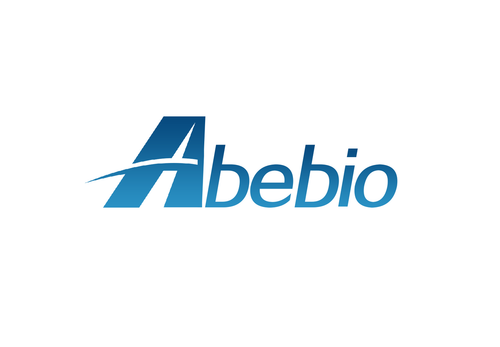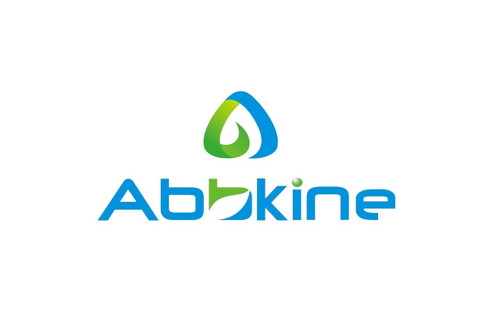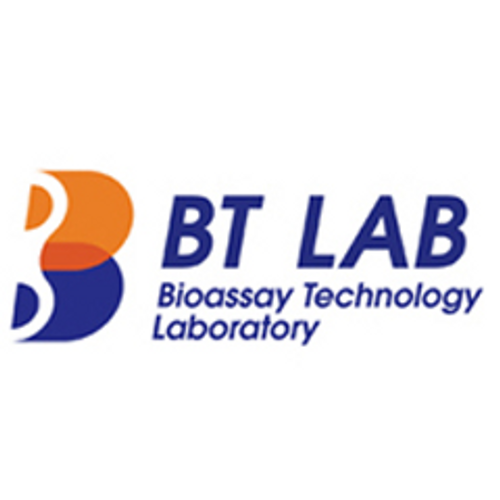Product Description
Rat Super Oxidase Dimutase (SOD) ELISA Kit | AE64458RA | Abebio
Species Reactivity: Rat (Rattus norvegicus)
Abbreviation: SOD1
Alternative Name: ALS; ALS1; IPOA; SOD; homodimer; Cu/Zn superoxide dismutase|SOD; soluble|indophenoloxidase A|superoxide dismutase; cystolic
Application: ELISA
Range: 0.156-10 ng/mL
Sensitivity: 0.069 ng/mL
Intra-Assay: ≤5.1%
Inter-Assay: ≤10.3%
Recovery: 0, 96
Sample Type: Serum, Plasma, Other biological fluids
Detection Method: Sandwich
Analysis Method : Quantitive
Test Principale: This assay employs a two-site sandwich ELISA to quantitate SOD1 in samples. An antibody specific for SOD1 has been pre-coated onto a microplate. Standards and samples are pipetted into the wells and anySOD1 present is bound by the immobilized antibody. After removing any unbound substances, a biotin-conjugated antibody specific for SOD1 is added to the wells. After washing, Streptavidin conjugated Horseradish Peroxidase (HRP) is added to the wells. Following a wash to remove any unbound avidin-enzyme reagent, a substrate solution is added to the wells and color develops in proportion to the amount of SOD1 bound in the initial step. The color development is stopped and the intensity of the color is measured.
Product Overview: SOD outcompetes damaging reactions of superoxide, thus protecting the cell from superoxide toxicity. In biological systems, this means its main reactions are with itself (dismutation) or with another biological radical such as nitric oxide (NO) or a metal. SOD is used in cosmetic products to reduce free radical damage to skin, for example to reduce fibrosis following radiation for breast cancer. Studies of this kind must be regarded as tentative, however, as there were not adequate controls in the study including a lack of randomization, double-blinding, or placebo. SOD has proved to be highly effective in treatment of colonic inflammation in experimental colitis. Treatment with SOD decreases reactive oxygen species generation and oxidative stress and, thus, inhibits endothelial activation and indicate that modulation of factors that govern adhesion molecule expression and leukocyte-endothelial interactions.
Stability: The stability of ELISA kit is determined by the loss rate of activity. The loss rate of this kit is less than 5% within the expiration date under appropriate storage condition. The loss rate was determined by accelerated thermal degradation test. Keep the kit at 37°C for 4 and 7 days, and compare O.D.values of the kit kept at 37°C with that of at recommended temperature. (referring from China Biological Products Standard, which was calculated by the Arrhenius equation. For ELISA kit, 4 days storage at 37°C can be considered as 6 months at 2 - 8°C, which means 7 days at 37°C equaling 12 months at 2 - 8°C) .
 Euro
Euro
 USD
USD
 British Pound
British Pound
 NULL
NULL








